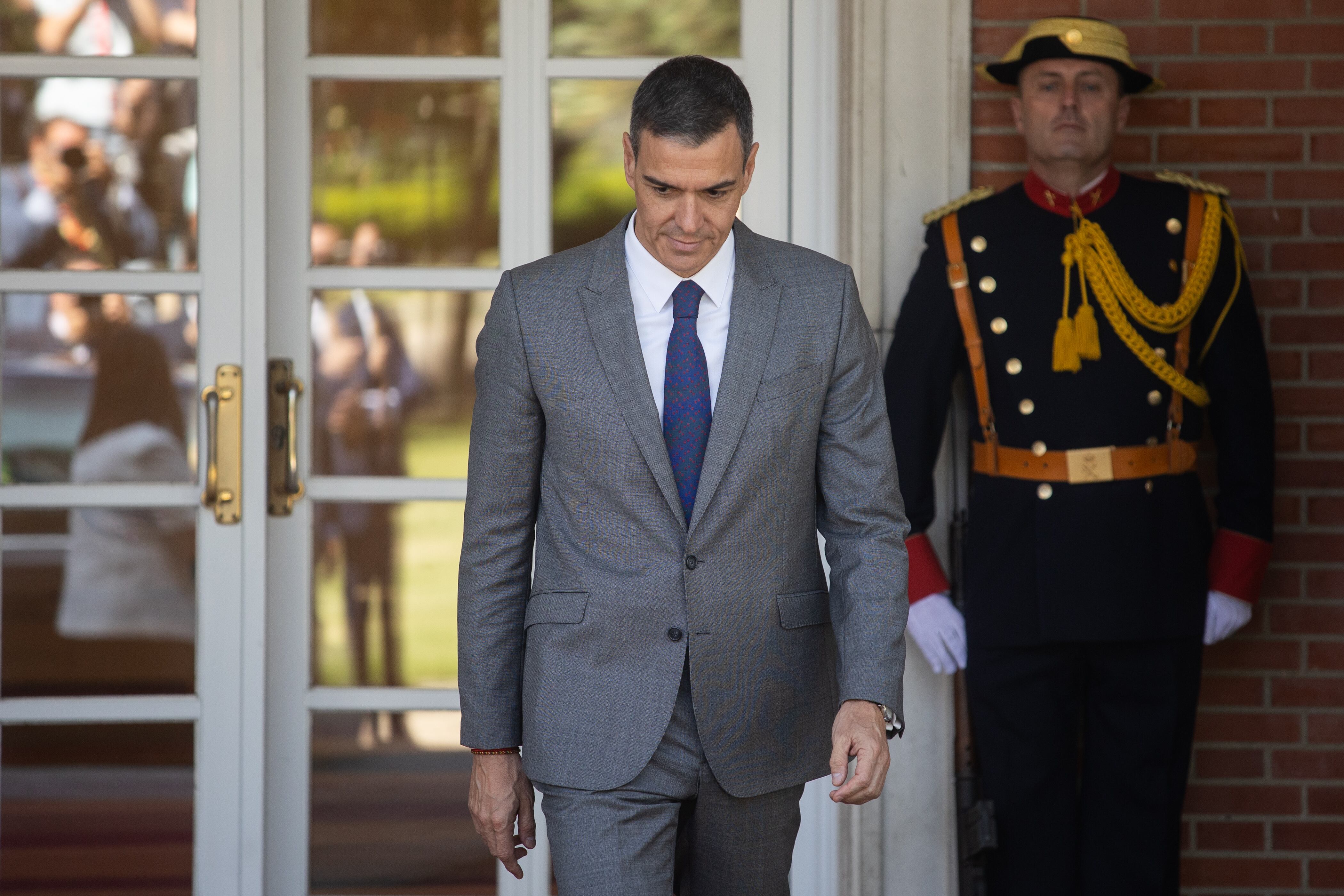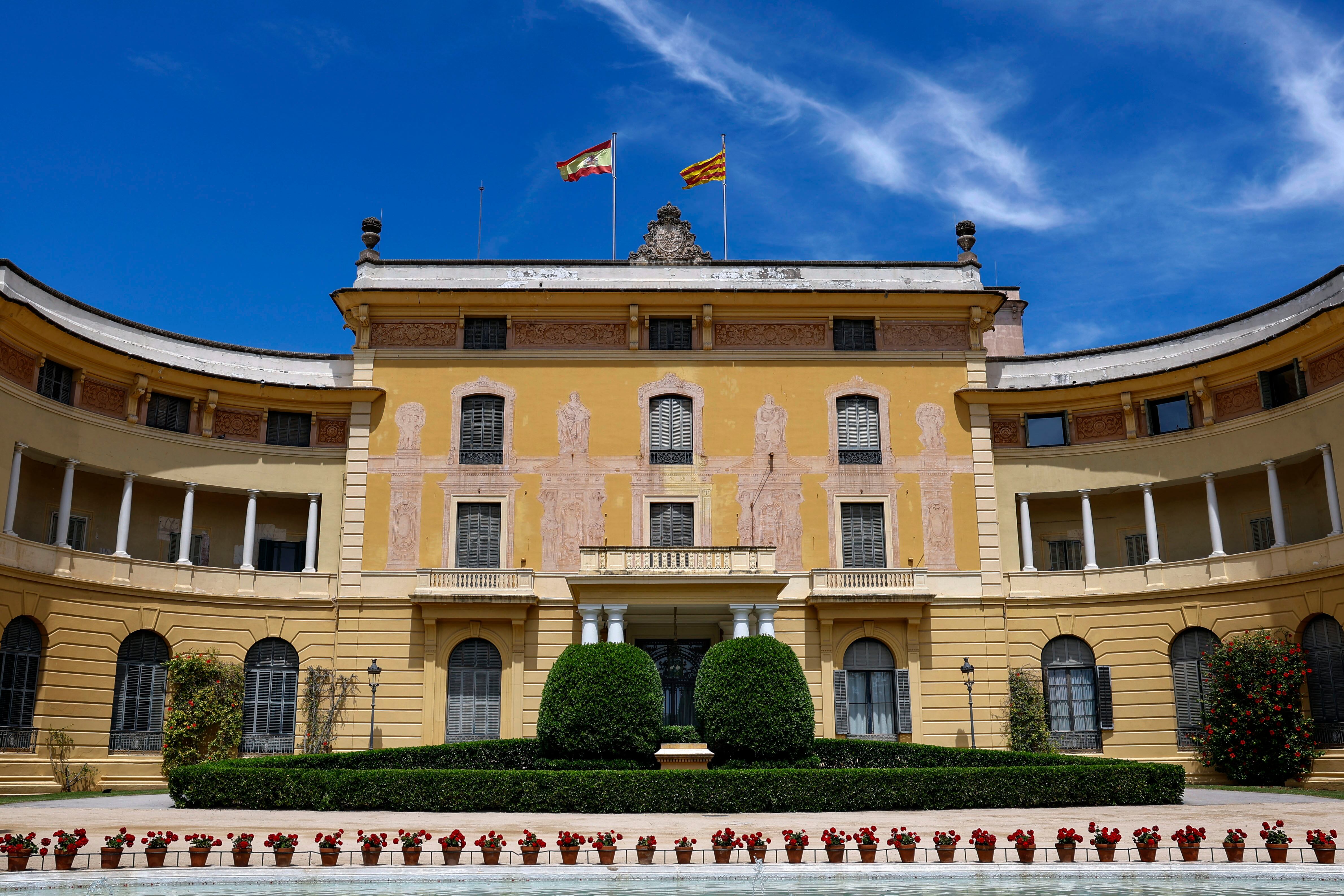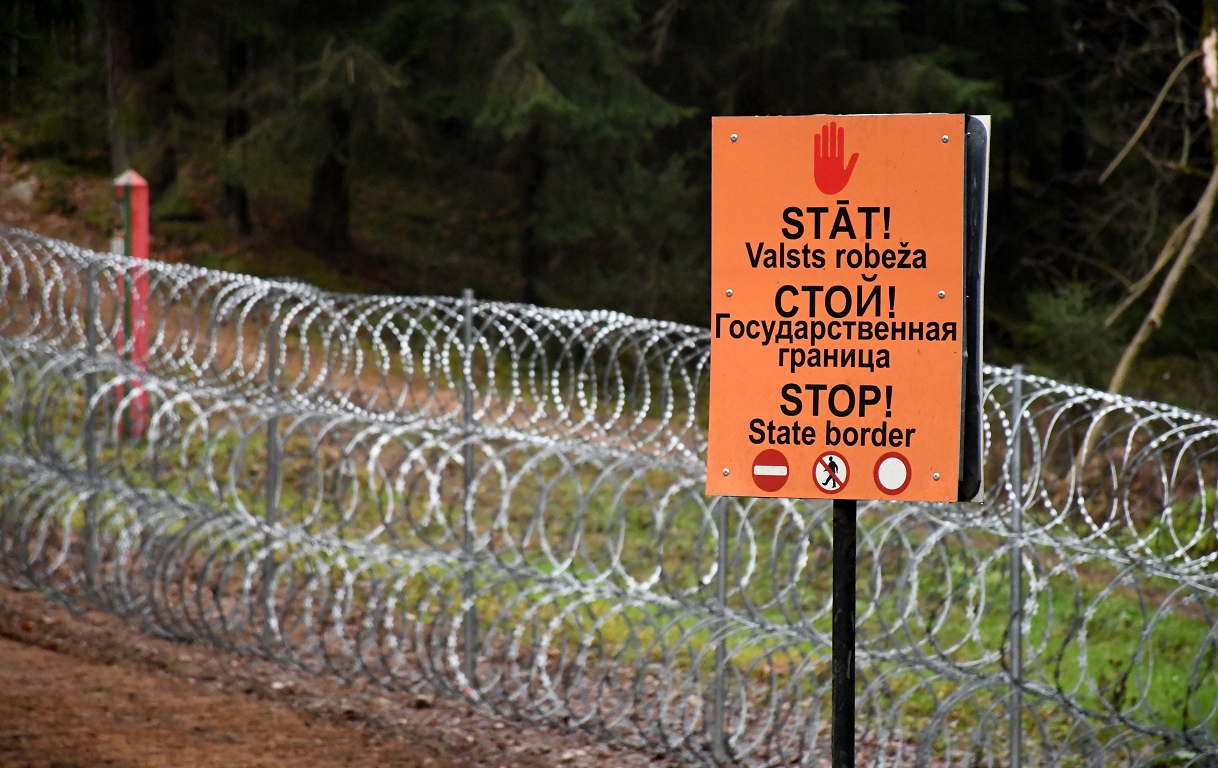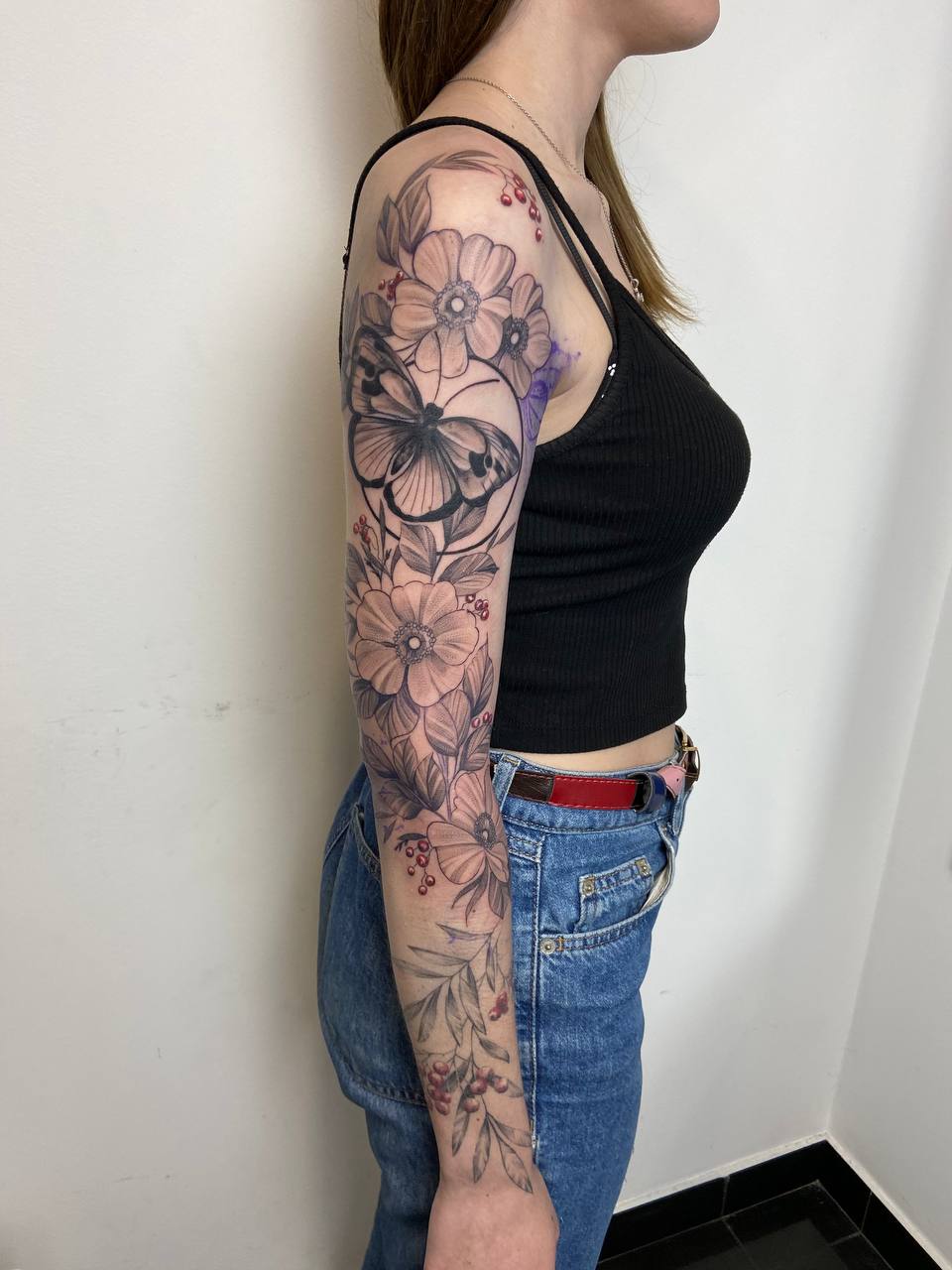The tortuous path to turn trauma into art and memory: the other valleys of Co -Camuros | Spain

The Government will launch in the next few days an International Ideas Contest for a multidisciplinary team of architects, artists, landscapers and historians to design the New Valley of Co -Camers, Franco’s old mausoleum. The project has a budget of 30.5 million euros. It is about converting the monument, erected by the dictator as a kind of pyramid to eternally remember his victory in the Civil War, in a kind of model of Franco that serves to honor the victims and explain the dictatorship and its characteristics, such as nationalcatolicism, symbiosis between religion and politics. Executive sources admit that « it will not be simple » to provide « a democratic look » to the whole. They have several referents in other countries with traumatic past. But the tortuous tour of some of those buildings or memorials until they finally saw the light shows the difficulties and controversies that the so -called memory culture raises. These are the examples in which the Executive is inspired.
The Holocaust monument (Berlin)
The chronology since we begin to talk about the monument (1989) until it opens (2005) gives an account of the enormous difficulties that the process crossed. It was a German journalist, Lea Rosch, who launched the initiative. In 1993, the German government, chaired by Helmut Kohl, supported the idea. In 1994, the Berlin Senate Construction and Housing Department launched a contest of ideas, similar to that announced by the Government to resignify the Cuelgamuros Valley. 12 artists were invited to present a project with an endowment of 25,000 euros to each and subsequently, until the spring of 1995, they received 528 works in total. A jury composed of artists, architects, landscapers, historians and politicians had to choose the winning proposal, but it was hard for them to agree. They ruled out ideas that later recovered at the request of some of the jury members and finally opted for two proposals, but none of them liked Kohl. At that time, as the monument’s website recalls, the project entered “in a serious crisis”. In 1996 it was decided to launch a new contest inviting other renowned architects and sculptors. Three colloquiums were organized for international experts to discuss the type of monument and the best location, which also caused “great controversies,” as the section on the history of this space recalls. In this second round of the contest, a smaller jury, of five members, opted for four proposals at the end of 1997. The favorite option was a joint design of the sculptor Richard Serra – which later got off the project – and the American architect of Jewish origin Peter Eisenman. In 1998, a group of German intellectuals, including Günter Grass, wrote a letter to the chancellor opposing the plan because they did not like the site or the dimensions that were considered. Before the stir, Kohl decided to postpone it until after the elections. Finally, in June 1999, after four hours of debate and several rounds of voting, The deputies voted in favor of the Eisenman project, to which they made some modifications, fundamentally, include a museum or underground information point under the 2,711 cement steles of various heights that would occupy 19,000 square meters (the equivalent of two soccer fields) in the center of Berlin.
In the spring of 2003 the works finally began, but a new controversy emerged when it was discovered that the Degussa company, provider of a liquid to treat the steles and avoid the graffiti, had been involved in the production of the gas with which the victims were executed in the Nazis extermination fields. Hiring another new company and undoing the work already done was 2.3 million euros (the total budget amounted to almost 28 million paid by the German government) and decided to continue with Degussa. The monument was inaugurated in May 2005, that is, 12 years after Kohl access the citizen initiative. And the doubts reached the same day of the inauguration. The president of the German Jewish community, Paul Spiegel, criticized in his speech that the work did not raise the why of the Holocaust and mentioned the victims, but did not refer to the guilty. Sabina Van Der Linden, 75, the only survivor of her family, said, excited: “Not even in my craziest dreams I could have imagined this extraordinary day. Here, in this same place, after many years of controversies, public disputes and debates, and after the resolution of the Bundestag, the vision of Lea Rosh and of those who surrounded it has come true. And today I find me before you in the inauguration of this magnificent monument to the inauguration of this magnificent. Jews killed from Europe and thank you. ”

Memorial to victims of violence in Chapultepec, Mexico City
In April 2013, this memorial dedicated to victims of violence was inaugurated. President Felipe Calderón had promoted him, but did not attend his inauguration. The work was carried out on a land used by the Army, denounced on numerous occasions in the country for human rights violations, which displeased some relatives of those killed. When the first images of the project were disseminated (a succession of large steel sheets with mirrors), Movement for Peace, The most notorious victims association in Mexico, announced at a press conference that opposed the plan. They felt that Calderón had betrayed them because when they started talking about the monument, in June 2011, the idea was to organize encounters between artists and relatives of the murdered, not simply commission a memorial, and they complained that they had not even worked in an official record of victims. The Catalan architect Miquel Adrià, who had collaborated with the association when they began to talk about the monument, before separating the Calderón plan, explained in August 2012 to The country: « A memorial only has value to the extent that it has meaning. » The contest was finally won by architects Julio Gaeta and Luby Springall. He Memorial covers about 15,000 square meters And in some of the steel sheets there are quotes on the violence of anonymous or well -known authors, such as Octavio Paz: « Today I remember the dead of my house. Who went for a few hours and nobody knows what silence he entered. »
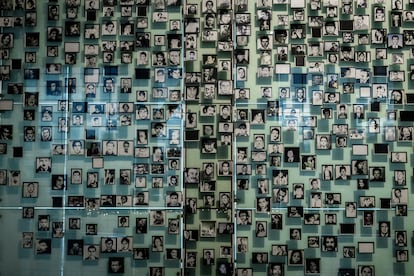
Museum of Memory and Human Rights in Santiago de Chile
« We cannot change our past. We only have to learn from what has lived. This is our responsibility and our challenge, » said the then president of Chile, Michelle Bachelet, when on January 11, 2010, the capital inaugurated in the capital the Museum of Memory and Human Rights To remind the victims of the Dictatorship of Augusto Pinochet. Bachelet herself and her mother had gone through detention centers, and her father, general, died in jail after being tortured by her companions. The center was a recommendation of the Two truth commissions that they constituted in Chile after the recovery of democracy and in addition to memory, sought to instruct the new generations about the country’s traumatic past. The museum occupies 5,500 square meters and includes a mural with 1,200 images of executed and missing, the reproduction of a torture room or a map that identifies with lights the more than 1,000 detention centers that were in all of Chile. Criticizing the center cost the historian Ricardo Rojas in 2018 The post of Minister of Culture. As soon as it lasted four days in the position after it was discovered that it had referred to the museum in these terms: « It is a montage whose purpose, which undoubtedly achieves, is to impact the viewer, to leave it stunned, to prevent him from reasoning (…) is a shameless and liar use of a national tragedy. »
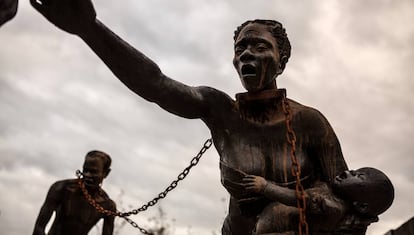
Monument for Peace and Justice in Montgomery (Alabama)
In April 2018 it was inaugurated in Montgomery (Alabama) First memorial of the horror campaign that executed more than 4,400 blacks In the nineteenth and twentieth centuries. In this case, the project had left, in 2015, from the non -profit organization Equal Justice Initiative with the purpose of « encouraging the entire country to know the truth about racial injustice. » The set covers a museum that travels 400 years of the history of slavery and persecution and a memorial with the names of the victims recorded in more than 800 steel plates (one for each county where a racial lynch took place) and distributed in almost 24,300 square meters. The work was inspired by the Berlin Holocaust monument and in the Museum of the Apartheid In Johannesburg. The design was responsible for another non -profit organization, Mass Design Group, which develops these types of projects in countries with a traumatic past. It had a budget of 18.5 million euros.

MEMORY, PEACE AND RECONCILIATION Center, in Bogotá
For years, various agencies and NGOs promoted the creation of a memory space for victims of Human rights violations in Colombia. In 2003, in full armed conflict, what would be the center of memory, peace and reconciliation of Bogotá began to take shape, finally opened in December 2012. The City Council had assumed the project in 2008. It was located on an old cemetery and 2,012 people, relatives of disappeared, killed, kidnapped or victims of sex The land of the old Camposanto, 1827. For four years, organizations of victims, academics, artists, cultural managers, teachers dialogue about the project. The Colombian Society of Architects was asked to organize a contest to choose the best architectural design and between 41 proposals, that of the architect Juan Pablo Ortiz was chosen.

